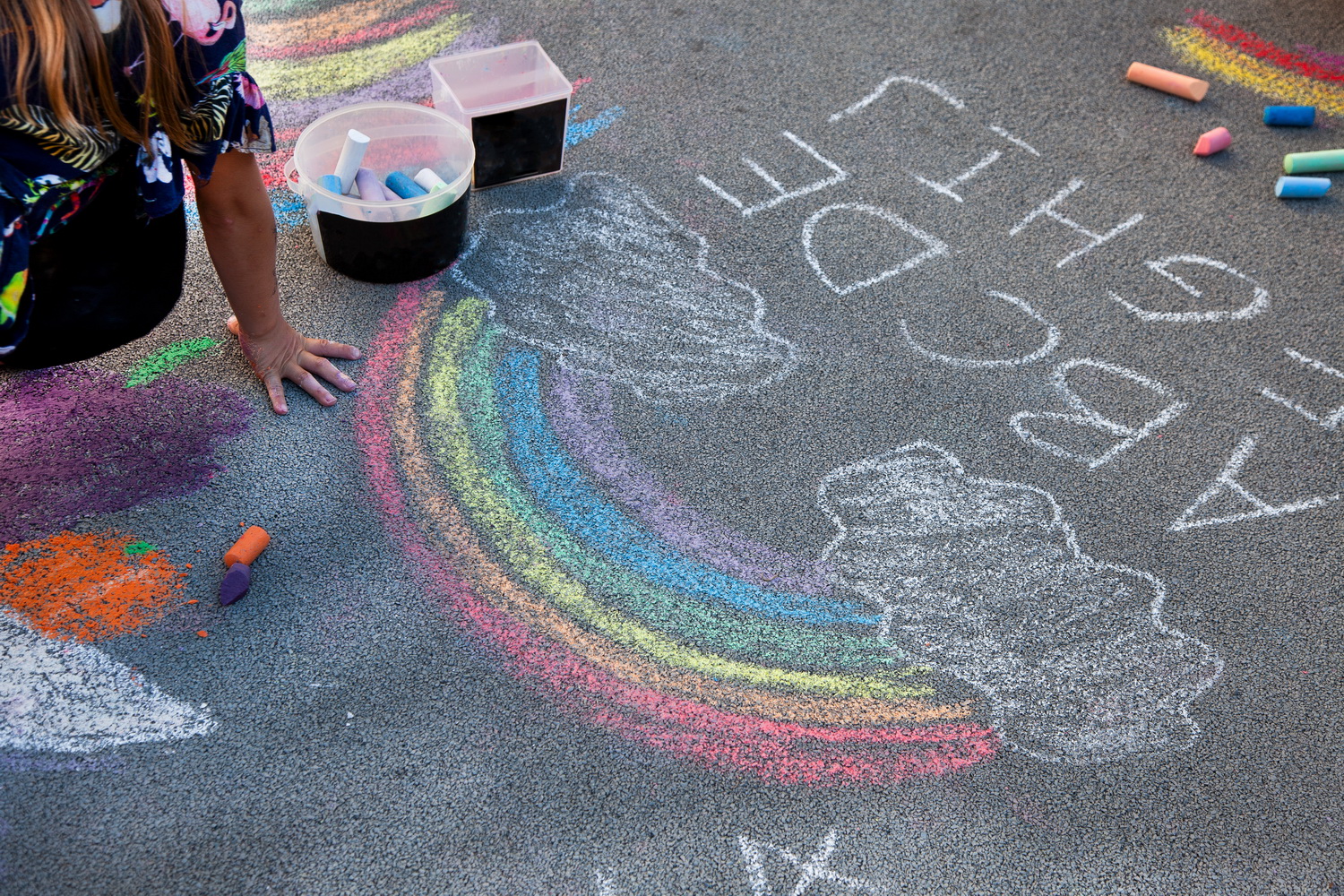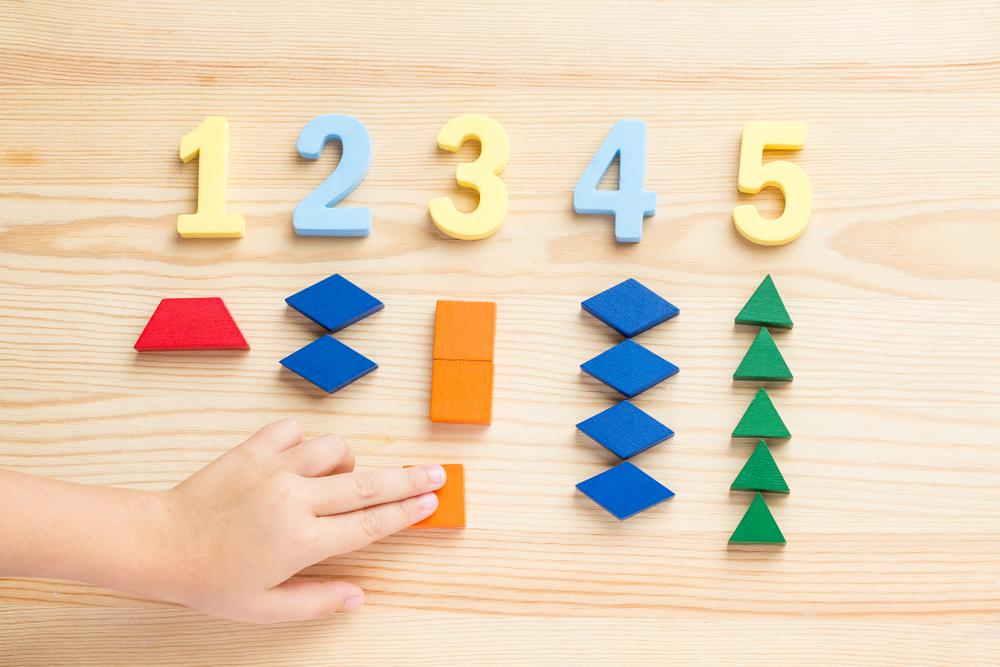Understanding pollination Normal Worksheets for 8-Year-Olds
4 filtered results
-
From - To
Discover engaging and educational resources with "Understanding Pollination Normal Worksheets for 8-Year-Olds." These worksheets are designed to help young learners grasp the vital process of pollination in an accessible and enjoyable manner. Featuring colorful illustrations and simple activities, children will explore how plants reproduce and the essential role of pollinators like bees and butterflies. Each worksheet encourages critical thinking and creativity, fostering a love for science. Ideal for classroom use or at-home learning, these resources align with educational standards to support comprehensive understanding. Inspire curiosity about nature and the environment with our thoughtfully crafted materials!
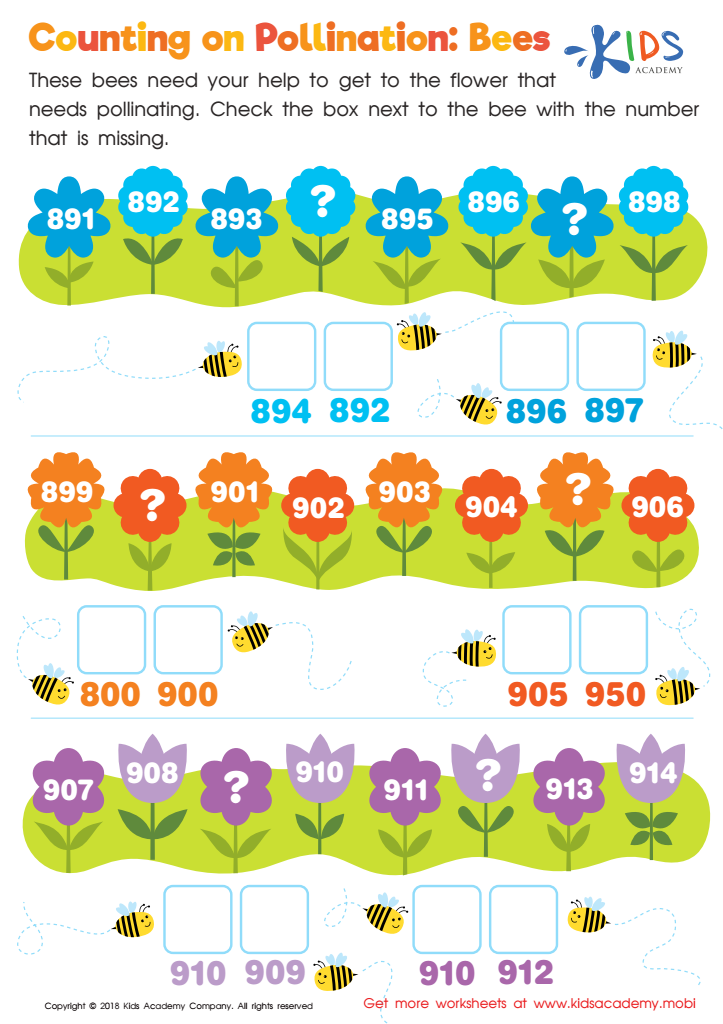

Counting on Pollination: Bees Worksheet
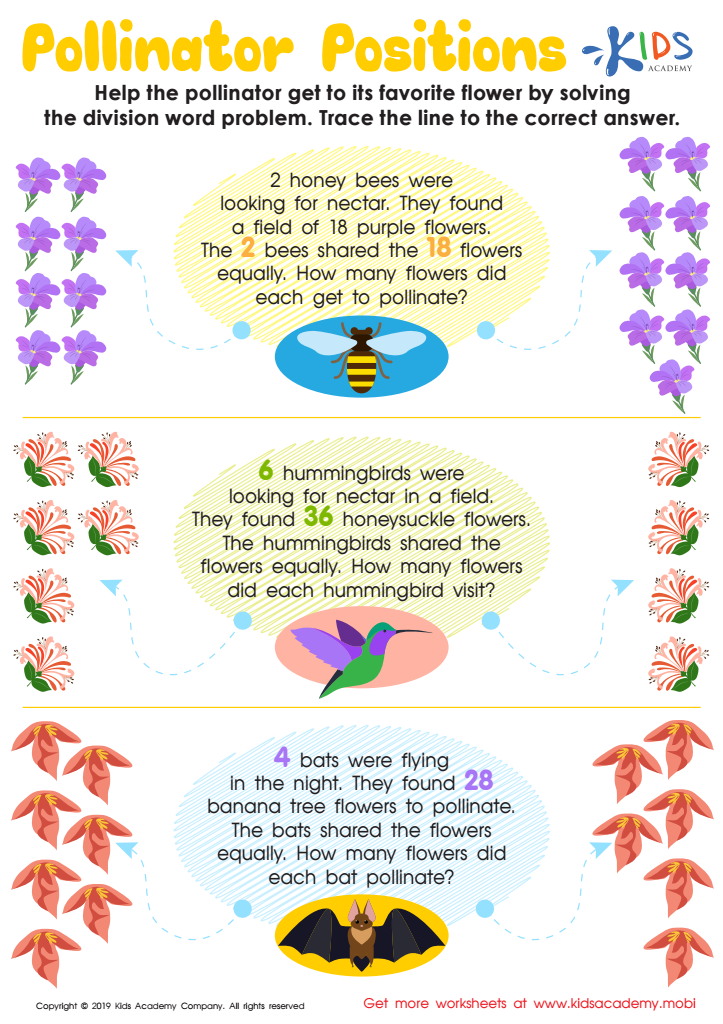

Pollinator Positions Worksheet
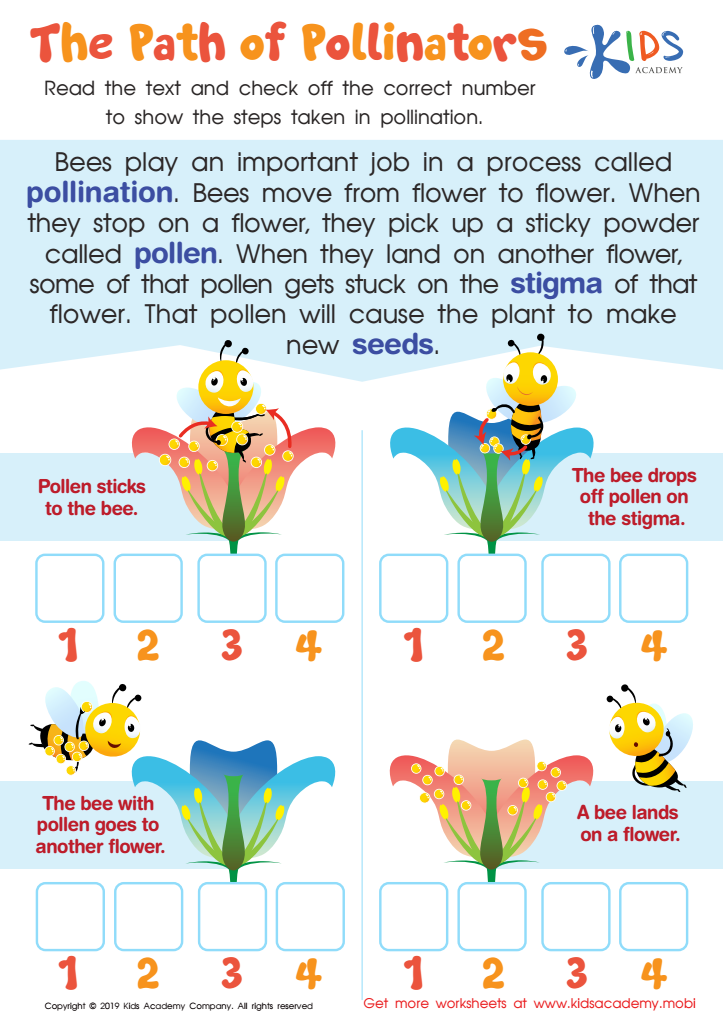

The Path of Pollinators Worksheet
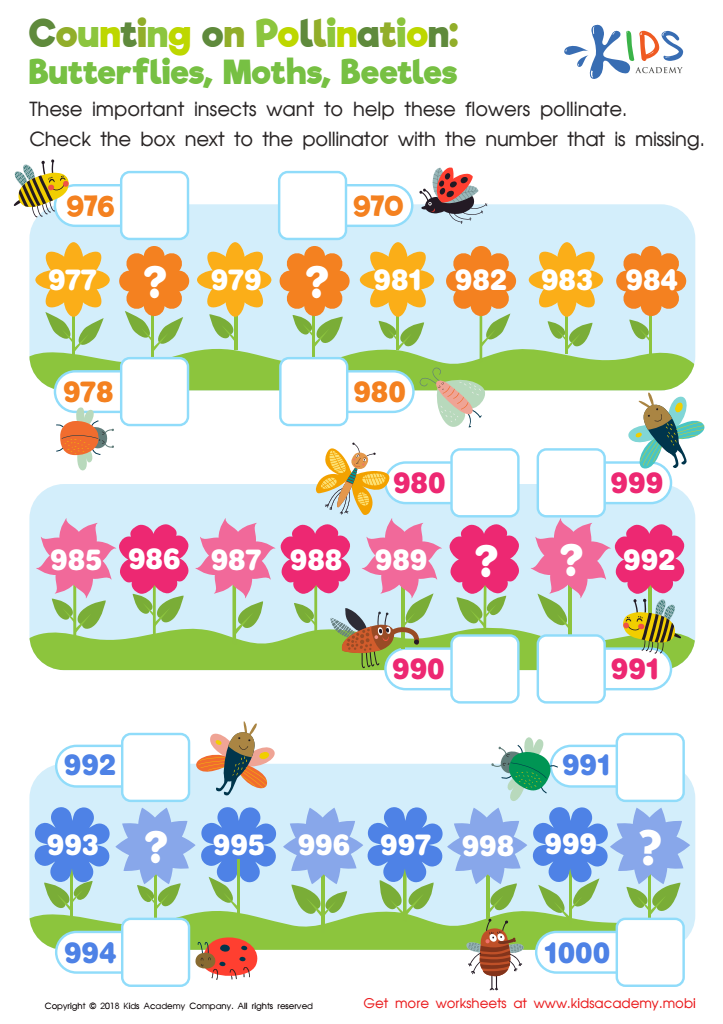

Counting on Pollination: Butterflies, Moths, Beetles Worksheet
Understanding pollination is important for both parents and teachers because it plays a vital role in our environment and food systems. Pollination is the process by which plants reproduce, leading to the formation of fruits and seeds. This natural process is essential for many foods we eat, such as apples, oranges, and vegetables. By helping children grasp the concept of pollination, we encourage curiosity about nature and the world around them.
Learning about pollinators, like bees, butterflies, and birds, can spark appreciation for biodiversity and the importance of protecting these creatures. Children will understand how life connects in ecosystems and why caring for plants and animals is crucial for a healthy environment.
Moreover, climate change and habitat loss put many pollinators at risk, which can affect food production. Teaching children about pollination can empower them to be advocates for the environment, encouraging responsible decisions about nature and sustainability. Engaging students in activities like planting flowers and observing changes can make learning fun and interactive. When parents and teachers emphasize these concepts, they foster a sense of stewardship in the next generation, ensuring they grow up with respect and appreciation for our planet.
 Assign to My Students
Assign to My Students




.jpg)



